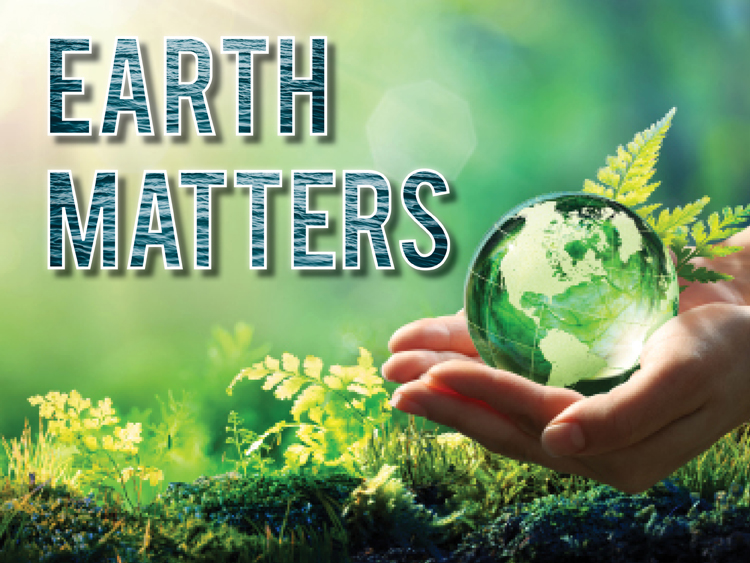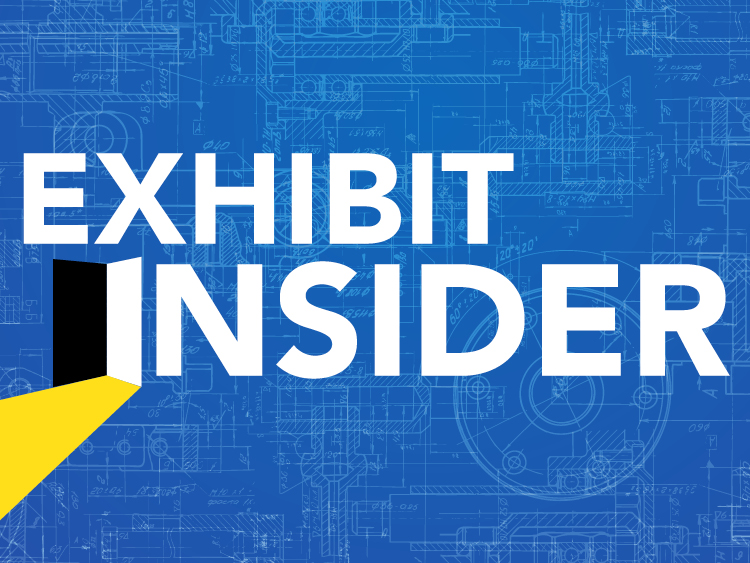Recently, some of us have been asked to engage students in relevant remote science learning for the first time and are feeling very overwhelmed. Others are taking our new normal all in stride. Whatever your reaction, this is a unique opportunity to do something different that can really help kids that may have previously struggled to find purpose in science class.
The Next Generation Science Standards embody a vision of enduring, foundational science learning from kindergarten to grade 12. By emphasizing the doing of science, not the learning about science, the NGSS support a more equitable science education for all students. One overarching practice for equity is that of discourse. Right now, we have a chance to engage students not only with scientific discourse but also to connect the classroom with their homes and communities.
Even in distance science learning, we want students to figure out a phenomenon or solve an engineering problem with the learning we plan for them. Maybe our phenomenon is that eating a raw apple somehow helps our bodies be warm, even if it’s been chilled! This is a pretty universal phenomenon – everyone has eaten something that was cooler than our body but somehow, eating this food helps us keep warm. Anyone can have ideas about that phenomenon – no preteaching or vocabulary is necessary. That means that students can chat with siblings, caregivers, or distant friends or family about this very relatable experience. Believe it or not, making these real world connections to students’ lives is a strategy for equity and a way that all students can be invested in the learning.
Scientific discourse like this is a way for students to learn and practice the science itself, not just a way to communicate what they have learned to others. As students grapple with the phenomenon and try to explain it out loud, they work on a conceptual understanding of the roles that food plays whether or not they know the correct vocabulary.
Students will vary in their ability to master scientific terminology just as they vary in their fluency in English. Consider this though: no one is a native speaker of academic, scientific language. Don’t worry if students use the wrong vocabulary in their home conversations. Let them start their sense-making with informal or even home language until they start refining their ideas. We have recommended this language strategy previously for use in the classroom as well.
After students get out some initial thinking and do some science and learning, come back to the phenomenon and work to revise initial ideas. By basing science learning on a phenomenon, we give students an authentic reason to learn more precise, complex, and scientifically-accurate language. When students come together as a class in a remote meeting platform, the teacher can offer the correct scientific terms as the concepts arise in the discussion. And just like that, we’ve introduced scientific vocabulary when it’s needed most – and when students are able to attach those terms to concepts that they have already built in their minds.
Students feel empowered and invested when they are involved in co-constructing knowledge. This can translate very well to a remote learning environment that builds strong connections to home life. If you haven’t already, take some time to create a culture for your virtual classroom. Making sure all students feel safe and free to share is just as important virtually as it is in person. Then, assign tasks for students to exchange thoughts about a phenomenon with siblings and caregivers. Ask them to share thoughts that someone else in the household had or ideas related to the phenomenon from their home culture. As learning progresses, have them practice explaining their new thinking to someone at home. By explaining to someone who isn’t a teacher and isn’t in the class, they get to practice and refine their vocabulary and conceptual understandings.
This is a challenging time for everyone for many reasons. But it is also a time to try something new that can make science learning more effective, rewarding, and equitable. When instruction is based on figuring out a phenomenon and students have plenty of time to talk about it, equity is increased. Asking students to talk with family and friends about the phenomena and engineering problems in their own worlds builds connections and improves equity. Establishing a positive classroom culture and making sure all students have a voice, promotes equity. For more ideas on how to cultivate a next-generation classroom culture or how to foster equity, check out our resources page developed by the Mandell Academy for Teachers staff.
Stay connected! Be sure to subscribe to Down to a Science— The Official Blog of the Connecticut Science Center and follow us on social media.
 Gail Mitchell Emilsson is a Professional Learning Specialist at the Connecticut Science Center’s Mandell Academy for Teachers. Previously, she worked in pharmaceutical research and as a high school science teacher in high need schools. Gail’s professional interests include supporting educators in creating meaningful and equitable science learning experiences. Gail joins the rest of the Mandell team in designing and providing immersive professional learning and coaching in districts.
Gail Mitchell Emilsson is a Professional Learning Specialist at the Connecticut Science Center’s Mandell Academy for Teachers. Previously, she worked in pharmaceutical research and as a high school science teacher in high need schools. Gail’s professional interests include supporting educators in creating meaningful and equitable science learning experiences. Gail joins the rest of the Mandell team in designing and providing immersive professional learning and coaching in districts.


